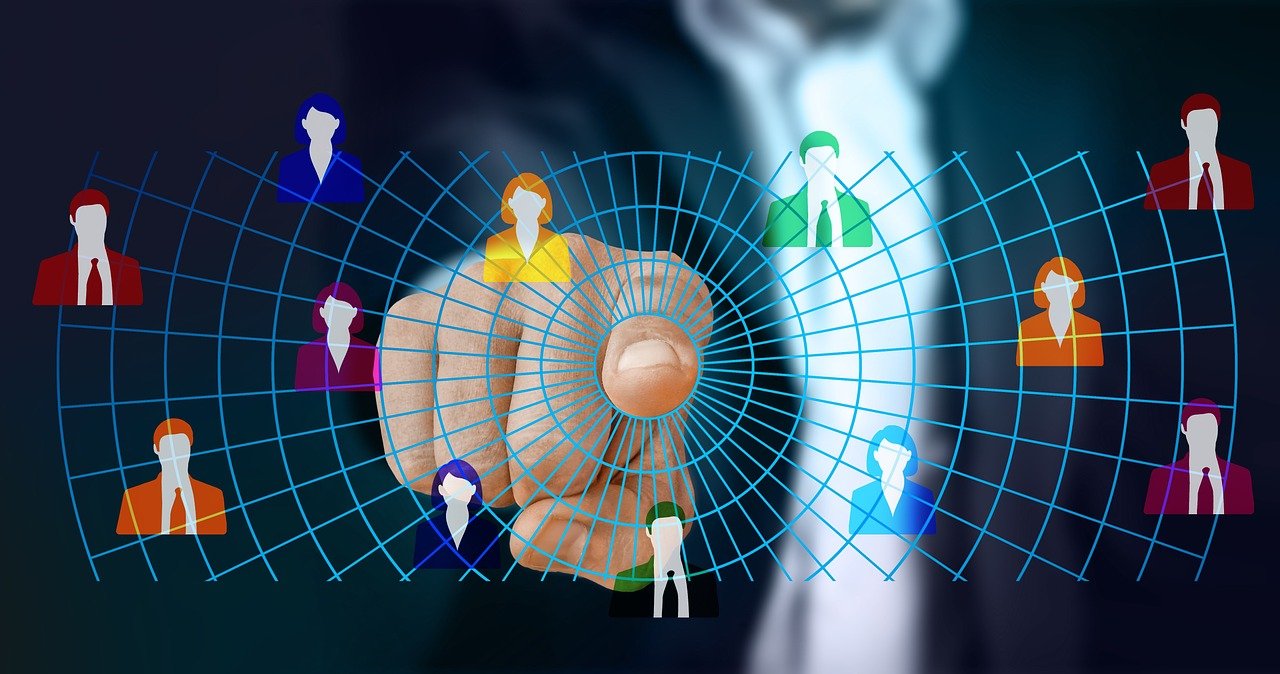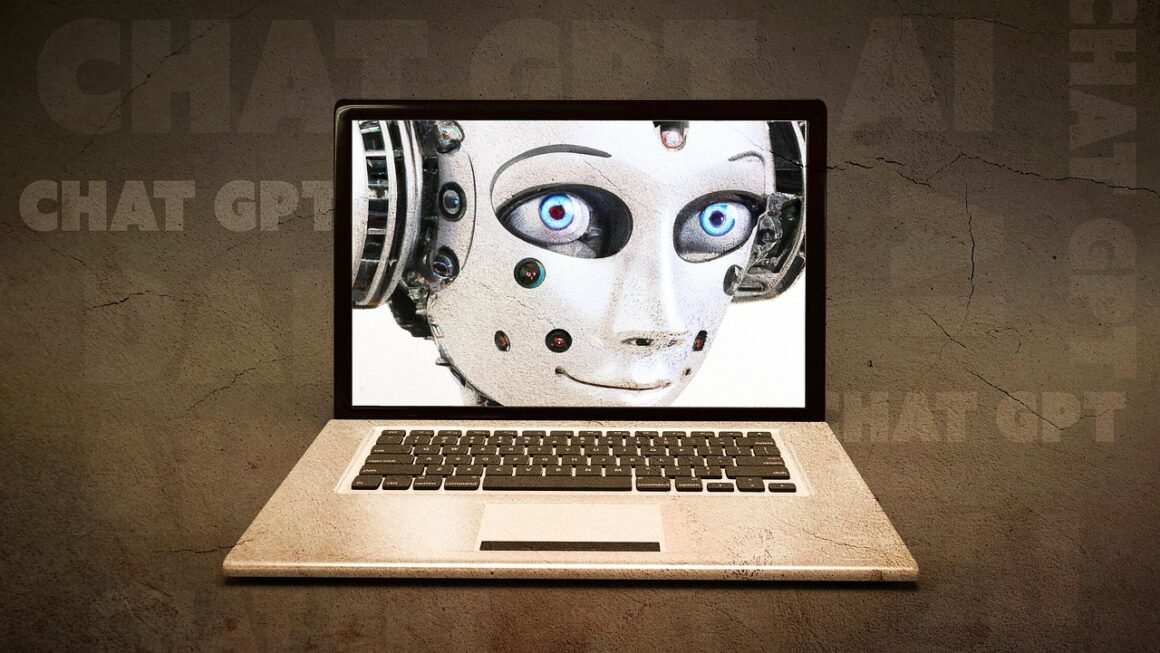Robotics is rapidly transforming industries and reshaping our daily lives. From automated manufacturing processes and advanced healthcare solutions to exploring distant planets and assisting in our homes, the field of robotics is constantly evolving and pushing the boundaries of what’s possible. This blog post will explore the multifaceted world of robotics, delving into its various applications, key components, and future trends.
What is Robotics?
Defining Robotics
At its core, robotics is an interdisciplinary field that integrates computer science, engineering (mechanical, electrical, and software), and mathematics to design, construct, operate, and apply robots. Robots are essentially programmable machines that can perform tasks autonomously or semi-autonomously, often in environments that are hazardous or repetitive for humans.
- Robotics focuses on creating intelligent machines that can:
Sense their environment using sensors.
Process information to make decisions.
Act on those decisions using actuators.
- The goal is to create robots that can perform tasks efficiently, accurately, and reliably.
- Robots can be designed for a wide range of applications, from simple tasks like vacuuming to complex tasks like performing surgery.
Key Components of a Robot
Understanding the building blocks of a robot is essential to grasping the complexities of the field. These components work together to enable a robot to perceive, think, and act.
- Sensors: These are the “eyes and ears” of the robot, providing information about the environment. Examples include:
Cameras (vision)
Lidar (distance measurement)
Ultrasonic sensors (proximity detection)
Tactile sensors (touch)
Inertial Measurement Units (IMUs) (orientation and movement)
- Actuators: These are the muscles of the robot, responsible for movement and action. Common types include:
Electric motors
Hydraulic cylinders
Pneumatic cylinders
- Controllers: These are the brains of the robot, processing sensor data and controlling the actuators.
Microcontrollers (e.g., Arduino, Raspberry Pi)
Programmable Logic Controllers (PLCs)
Industrial PCs
- Power Source: Provides the energy needed to operate the robot.
Batteries (lithium-ion, nickel-metal hydride)
AC power
Fuel cells
- End Effectors: The tools at the end of a robotic arm that interact with the environment.
Grippers
Welding torches
Paint sprayers
Specialized tools for specific tasks
Applications of Robotics
Industrial Automation
Robotics has revolutionized manufacturing, leading to increased efficiency, improved quality, and reduced costs.
- Assembly Line Automation: Robots perform repetitive tasks such as welding, painting, and assembly with high precision and speed. For example, automotive manufacturing extensively uses robotic arms for welding car bodies.
- Material Handling: Robots can move heavy materials and parts within a factory, reducing the risk of injury to human workers. Automated Guided Vehicles (AGVs) and Autonomous Mobile Robots (AMRs) are used for warehouse and factory logistics.
- Quality Control: Robots equipped with vision systems can inspect products for defects, ensuring consistent quality and minimizing waste.
- Benefits:
Increased productivity and throughput
Improved product quality and consistency
Reduced labor costs
Enhanced worker safety
Healthcare Robotics
Robotics is playing an increasingly important role in healthcare, from assisting surgeons to providing therapy and rehabilitation.
- Surgical Robots: These robots assist surgeons with complex procedures, providing greater precision and control. The da Vinci Surgical System is a prime example.
- Rehabilitation Robots: These robots help patients recover from injuries or illnesses by providing repetitive exercises and monitoring their progress.
- Assistive Robots: These robots assist individuals with disabilities, helping them to perform daily tasks and maintain their independence.
- Drug Dispensing Robots: Automate the dispensing of medication in pharmacies and hospitals, reducing errors and improving efficiency.
- Benefits:
Minimally invasive surgery
Improved surgical outcomes
Enhanced rehabilitation
Increased patient independence
Service Robotics
Service robots are designed to assist humans in various non-industrial settings, such as homes, hospitals, and retail stores.
- Cleaning Robots: These robots, like the Roomba, autonomously vacuum floors and clean surfaces.
- Delivery Robots: These robots deliver packages, food, and other items to customers, particularly in urban areas.
- Customer Service Robots: These robots provide information and assistance to customers in retail stores and other public spaces.
- Security Robots: These robots patrol areas and monitor for suspicious activity.
- Benefits:
Increased convenience
Reduced workload for humans
Improved efficiency
Enhanced security
Exploration and Research
Robots are indispensable tools for exploring hazardous or inaccessible environments, such as deep sea, space, and disaster zones.
- Space Exploration: Robots like the Mars rovers (Curiosity, Perseverance) explore planets and gather data that helps us understand the universe.
- Underwater Exploration: Remotely Operated Vehicles (ROVs) are used to explore the ocean depths and inspect underwater structures.
- Disaster Response: Robots are used to search for survivors, assess damage, and handle hazardous materials in disaster areas.
- Research: Robots assist scientists in conducting experiments and collecting data in various fields, such as biology and chemistry.
- Benefits:
Access to hazardous environments
Data collection in remote locations
Improved safety for human explorers
Enhanced scientific understanding
The Future of Robotics
Artificial Intelligence and Machine Learning
The integration of AI and ML is driving significant advancements in robotics, enabling robots to perform more complex tasks with greater autonomy.
- Computer Vision: AI-powered computer vision allows robots to “see” and interpret their surroundings, enabling them to navigate and interact with objects.
- Natural Language Processing (NLP): NLP enables robots to understand and respond to human language, making them more user-friendly.
- Reinforcement Learning: This technique allows robots to learn from their experiences and improve their performance over time.
- Example: Self-driving cars use AI and ML to perceive their environment, make decisions, and navigate roads safely.
Human-Robot Collaboration
The future of robotics is not just about replacing humans but also about enabling them to work alongside robots in a collaborative environment.
- Cobots (Collaborative Robots): These robots are designed to work safely alongside humans, assisting them with tasks and improving their productivity.
- Exoskeletons: Wearable robots that augment human strength and endurance, assisting workers in physically demanding jobs.
- Benefits:
Increased productivity and efficiency
Improved worker safety and ergonomics
Enhanced job satisfaction
Ethical Considerations
As robotics becomes more prevalent, it is crucial to address the ethical implications of this technology.
- Job Displacement: Concerns about robots replacing human workers need to be addressed through retraining programs and new job creation initiatives.
- Privacy: The use of robots equipped with sensors and cameras raises concerns about privacy and data security.
- Autonomous Weapons: The development of autonomous weapons systems raises ethical questions about accountability and the potential for unintended consequences.
- Bias in Algorithms: AI algorithms used in robots can reflect biases present in the data they are trained on, leading to discriminatory outcomes.
Conclusion
Robotics is a rapidly evolving field with the potential to transform many aspects of our lives. From automating industrial processes to assisting surgeons and exploring distant planets, robots are already making a significant impact. As AI and ML become more integrated into robotics, we can expect even more sophisticated and versatile robots in the future. However, it is crucial to address the ethical considerations associated with this technology to ensure that it is used responsibly and for the benefit of humanity. By understanding the fundamentals of robotics, its applications, and its future trends, we can better prepare for the exciting possibilities and challenges that lie ahead.



